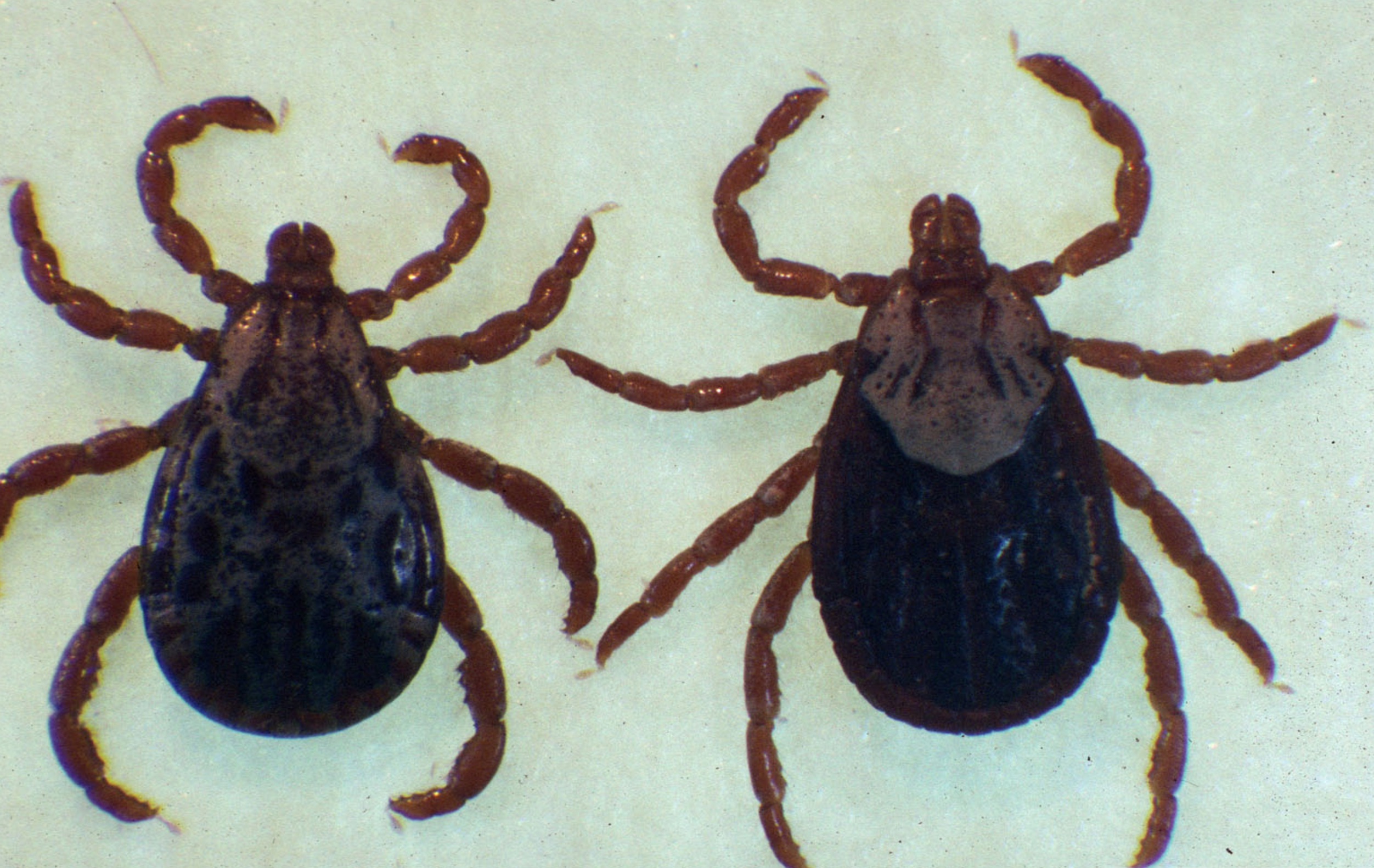The warming days in the month of May bring out a few new pests to the Denver area but the largest nuisance continues to be ticks.
As we mentioned in our last blog post, here in Colorado we are fortunately that the virus that causes Lyme disease, the most commonly feared and most dangerous tick-borne illness, is not present in the wild ticks native to Colorado. There has never been a confirmed case of Lyme disease originating from a tick-bite in Colorado, according to the Colorado State University Extension Office.
That said, there are still a number of other illnesses spread by ticks in Colorado, including Colorado tick fever, Rocky Mountain spotted fever, Tick-borne relapsing fever, and Tularemia.
Avoiding tick bites is still the best way to avoid these illnesses. Avoid tick habitats like grassy and brushy areas in spring, wear protective clothing, use tick repellent, and conduct thorough tick checks whenever you’ve been in areas where ticks may be present.
Colorado’s most common tick, the Rocky Mountain wood tick, usually takes 12-24 hours to start feeding once it’s found a host. So a close inspection of your skin and the prompt removal of any ticks you might have picked up can be an effective way to avoid tick-borne illness.
Again, there are a number of other insects on the The Colorado State University Extension Office’s extremely handy calendar listing all the pests in the Denver area you should keep an eye out for around your home and garden in the month of May.
Thankfully, other than ticks, most are more harmful to your lawn, garden, and trees than they are humans.
Denver Area Pests of Early May
Insects
- Tick season: The next two months are the peak season for tick activity and spread of Colorado tick fever.
- Miller moths: Flights into areas often begin in early May.
Lawns
- Spider mites: Injury by banks grass mite increases. Clover mite populations should be decreasing.
Trees/Shrub
- Brownheaded ash sawfly: Continue to monitor ash for evidence of infestations.
- Hackberry psyllid: Adults return to trees and lay eggs on the emerging leaves.
- Honeylocust podgall midge: Adults begin laying eggs on new growth. First generation begins.
- Pine needle scale: Crawler emergence typically begins around mid May, about the time of lilac peak bloom. Check infested plants.
- Elm leaf beetle: Adults return to trees and chew holes in leaves.
- Southwestern pine tip moth: Egg-laying occurs when new needles emerge on pines.
- Honeylocust plant bug: Nymphs have hatched and begin to damage new growth.
- Peach tree borer: Larvae causing peak injury to bases of trees at this time
- Tent caterpillars: Larvae may be seen making tents on various fruit and shade trees. Forest tent caterpillars are also active.
- Slugs: Slugs may cause peak damage to seedlings during cooler weather.
- Cooley spruce gall: Eggs hatch and young nymphs move to feed on new growth. Galls are initiated.
- Pine needle scale: Egg hatch may begin during warm seasons.
Denver Area Pests of Late May
Insects
- Miller moths: Peak flights typically occur at this time.
Tree/Shrub
- Brownheaded ash sawfly: Peak period of injury in most seasons.
- Pine needle scale: Crawler emergence typically begins around mid May, about the time of lilac peak bloom. Check infested plants.
- Oystershell scale: Crawler emergence typically occurs in late May. Check infested plants.
- Bronzed cane borer/rose stem girdler: Adults emerge from caneberries, currant, rose.
- Oak borers: Treatments should be made to high risk sites.
- Fruittree leafrollers: Leafrolling may begin to be observed on many trees/shrubs.
- Elm leafminer: Egg laying by adults may be expected.
- Hackberry psyllid: Current season galls begin to be visible as small eruptions on leaves.
- Cooley spruce gall: Current season galls are readily visible upon close inspection. Small nymphs are present in chambers of the gall.
- Rabbitbrush beetle: Peak feeding injury by larvae.
- Pinyon tip moths: Larvae start to tunnel into terminals.
- Douglas-fir tussock moth: Egg hatch may begin. Monitor infested trees.
- Leafcurling aphids: Aphids curl the new growth of many plants at this time.
- Currantworm: Larvae chew leaves of current and gooseberry. Damage starts in the interior of shrub.
- European elm scale: Overwintered females feed intensively and begin to produce large amounts of honeydew.
- European elm bark beetle: Adults emerge and feed on twigs. Most new transmission of Dutch elm disease occurs at this time.
- Codling moth: Sprays after petal fall can help control the first generation. Monitor flights with pheromone traps.
Garden Insects
- Seedcorn maggot: Early planted beans, corn, and melons are susceptible to seedcorn maggot damage.
- Currantworm: Larvae chew leaves of current and gooseberry. Damage starts in the interior of shrub.
- Strawberry injuries: Millipedes and slugs tunnel the ripening berries.
- Narcissus bulb fly: Adult stages emerge and lay eggs on narcissus, daffodils, and hyacinth.
- Flea beetles: Adults are present on cabbage family (crucifer flea beetles) and nightshade family (potato flea beetle) plants.
What to do if you need help:
Here at Pure Pest Co. we’re always ready, willing, and able to help keep your home pest free. Give us a call at 720-325-4500 or contact us through our website to schedule your service today!







